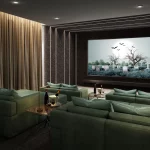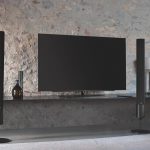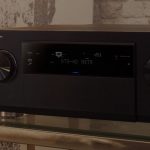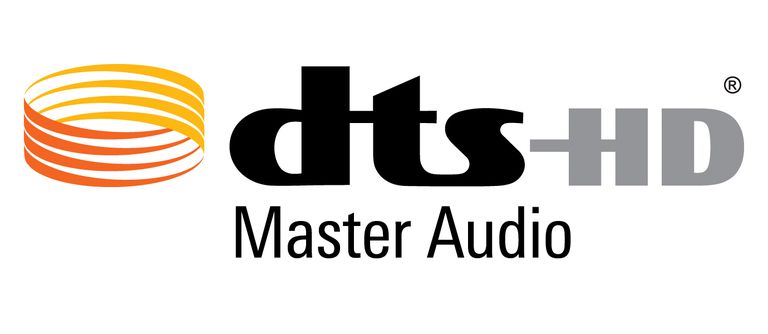Video is important but is nothing if it is not corroborated by a sound system that is up to the task. But what are the elements that contribute to generating sound in Home Theater or Media Living Room environments, and more importantly how much portion of the budget should be devoted to them?
Let’s start with an assumption. What characterizes and influences the sound performance of a Home Theater system is the chain of the following devices: the source, the audio processor, the amplifier, the cables, the speakers, and-unintuitive variable-their placement. Not all components are necessary for all configurations, but some are indispensable.
At the investment level, it does not make sense to concentrate the bulk of the budget on some components and not others; ideally, it should be distributed along the entire chain proportionally, because each node is equally important to the final result. Below is a summary list:
- Source: It can be a NAS or Full HD 4K streaming services, or a BluRay. There are very complex and expensive systems, but already an Apple TV is a very good start. Let’s say with a 4-10% budget, we should be there.
- Audio Processor: The component that processes the audio is called the Audio Processor and usually has to be connected with high quality HDMI cable construction. Its job is to process the signal and send it to the amplifier (sometimes there may be more than one, as needed) to provide power to the speakers. The processor is used in mid- to high-end systems, and usually weighs 15 percent to 25 percent of the overall initial budget. It sounds like a lot, and it is, but on the other hand we are talking about very powerful hardware, capable of decoding 4K, HDR, AURO, DTS streams in real time in maximum quality and for a levated number of channels.
- Receiver: This is the component that provides power to the speakers in medium and large systems; sometimes, especially in dedicated rooms, it is assisted by power amplifiers. It can take up 10-20% of the budget.
- Power amplifier: Used only in high- and very high-end settings, it is used to bring control, power and definition to a very large number of speakers; it requires upstream control logic but fortunately is not necessary in the vast majority of home theaters.
- Cables: It sounds silly, but a good cable can make all the difference in overall performance, so never skimp on this component, HDMI or otherwise. It requires a good 10 percent of the budget.
- Audio speakers: There is a reason there is so much difference in price between models. Although they all look somewhat similar from the outside, it is the technology under the hood that makes the difference, and determines the performance and durability.











































